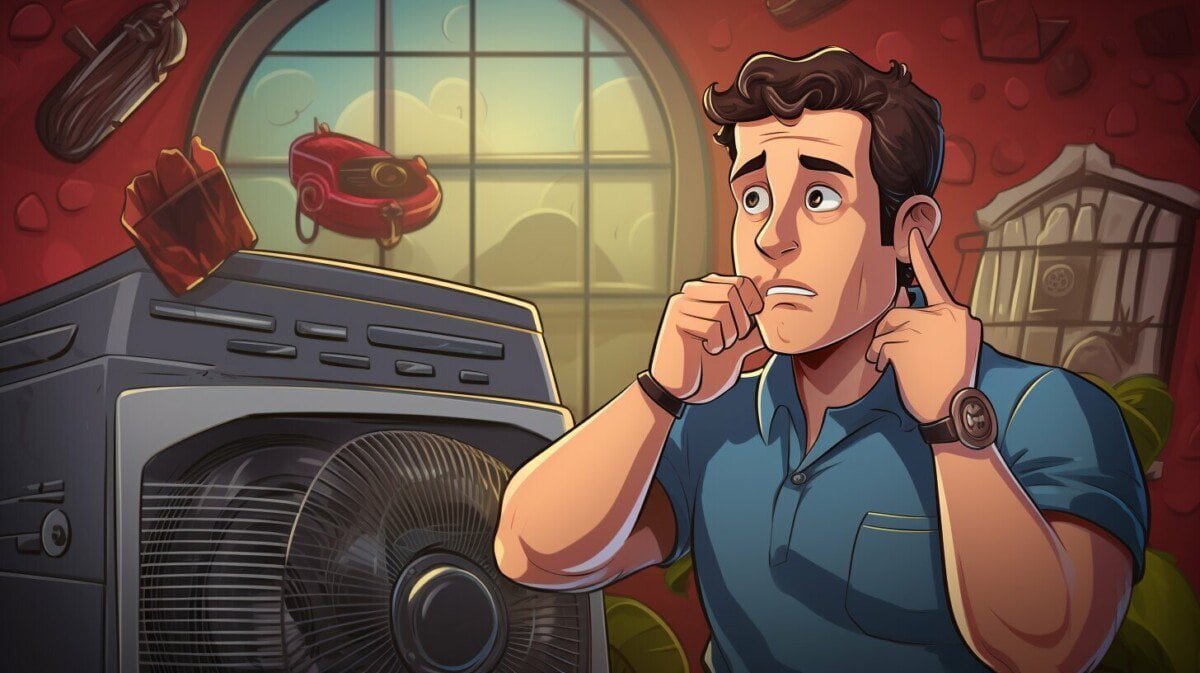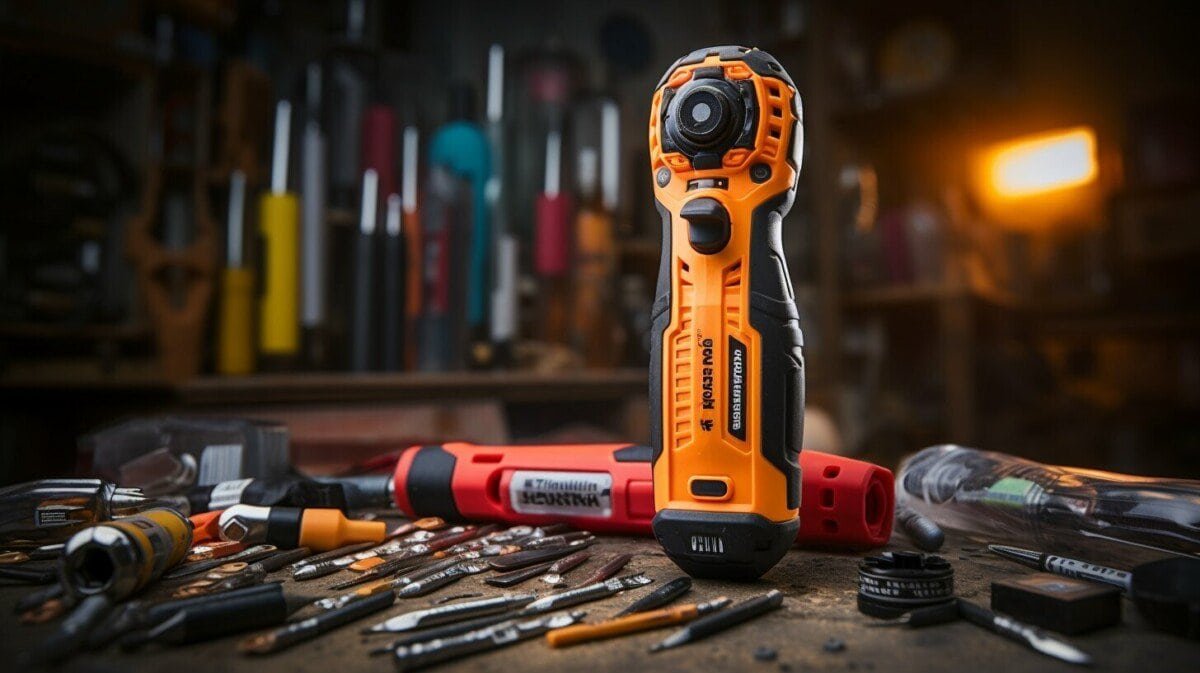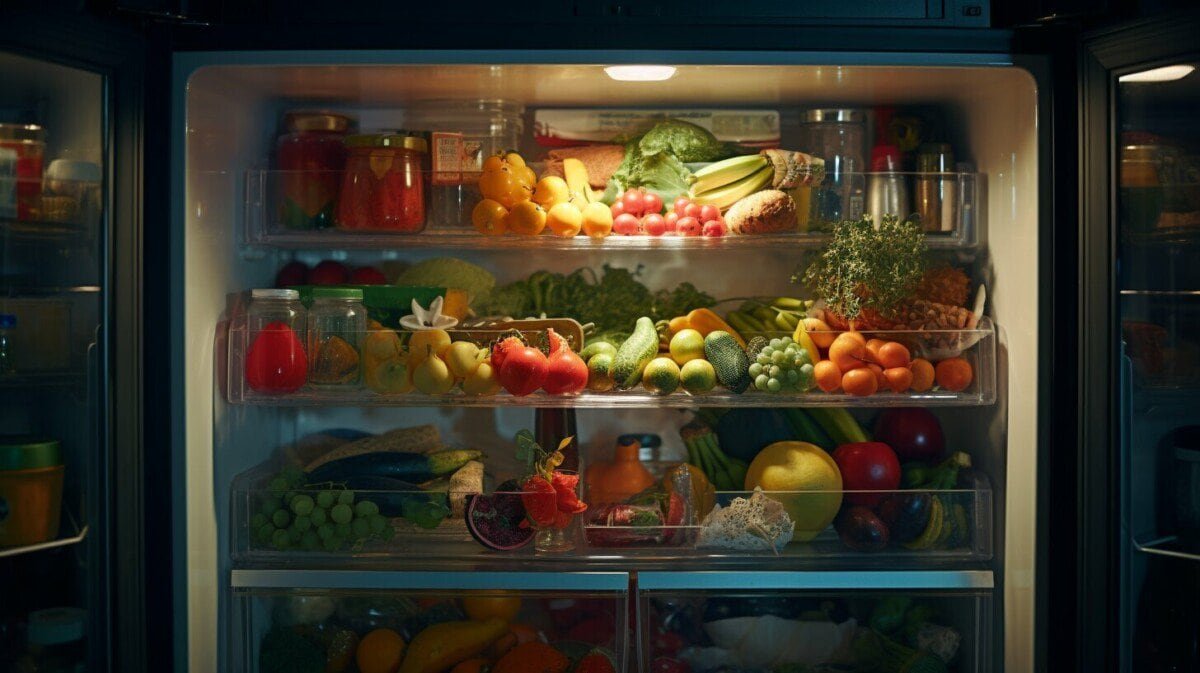Welcome to our expert guide on troubleshooting central air systems. As a homeowner, it’s important to maintain your central air system to ensure that it works efficiently and effectively. Unfortunately, central air systems can experience a variety of problems and malfunctions over time, which can cause them to stop working or fail to cool your home properly. This is where troubleshooting comes in. In this article, we will provide a quick overview of common central air problems and offer step-by-step guidance on how to troubleshoot these issues. Whether you’re dealing with an unresponsive air conditioner or simply want to ensure that your central air system is in good working order, this guide will provide you with the knowledge and tips you need to get the job done. So let’s get started and dive into the world of troubleshooting central air systems!
Common Central Air Problems
Central air systems are a great way to keep your home cool and comfortable, but they can encounter a variety of issues. Here are some of the most common problems that homeowners face:
| Problem | Description |
|---|---|
| Central air not working | This is a very common problem that can be caused by a variety of factors, such as a malfunctioning thermostat, power supply issues, or a failing compressor. |
| Central air not cooling | If your system is running but not cooling your home, it could be due to a dirty air filter, low refrigerant levels, or a malfunctioning compressor. |
| Uneven cooling | If certain areas of your home are not being cooled as effectively as others, it could be due to issues with the ductwork or improper insulation. |
| Noisy central air system | If your central air system is making unusual noises, such as banging or rattling, it could be due to loose parts or a failing compressor. |
| Foul odors | If your central air system is producing unpleasant odors, it could be due to mold or bacteria growth in the ductwork or other components. |
Common Central Air Problems.
While these are some of the most common problems that homeowners face with their central air systems, there are many other issues that can arise. It is important to understand the basics of how your system works and to perform regular maintenance to keep it running smoothly.
Troubleshooting Central Air: A Step-by-Step Guide
If you’re experiencing issues with your central air system, don’t worry – you may be able to troubleshoot the problem yourself. In this guide, we’ll take you through the steps to identify and resolve common problems. Keep in mind that some issues may require professional attention, and you should contact a licensed HVAC technician if you’re unsure or uncomfortable with any of the tasks involved.
Step 1: Check the Thermostat
The thermostat is a common culprit when it comes to central air problems. Start by checking that it’s set to “cool” and at the right temperature. Make sure that the batteries are fresh (if applicable). If none of these factors seem to be the issue, you may need to replace the thermostat altogether.
Step 2: Clean or Replace the Filter
If the air filter is dirty or clogged, it can cause the system to work less efficiently, or not at all. Locate your filter and inspect it for dirt and debris. If it’s dirty, clean it according to the manufacturer’s instructions, or replace it entirely. This is a step you should take regularly to prevent future problems.
Step 3: Inspect the Ductwork
Leaks, blockages, and damage to the ductwork can cause your central air system to work poorly or not at all. Start by visually inspecting the ducts, checking for any visible issues. If necessary, use a flashlight to examine areas that are difficult to see. If you detect any issues, contact a professional HVAC technician for assistance.
Step 4: Check the Refrigerant Levels
If the refrigerant levels are low, your central air system won’t be able to cool your home effectively. Unfortunately, this is not a task that can be performed easily by homeowners and should be left to a licensed HVAC technician. They will be able to check the refrigerant levels and refill the system if necessary.
Step 5: Perform Routine Maintenance
Preventative maintenance is crucial to keep your central air system running smoothly. This can include cleaning the outdoor unit, keeping the area around it clear of debris, and having your system serviced regularly by a professional. Check the manufacturer’s instructions for more information on routine maintenance.
By following these steps, you can troubleshoot and resolve many common issues with your central air system. Remember, if you’re unsure or uncomfortable with any of the tasks involved, contact a licensed HVAC technician for assistance.
Checking the Thermostat
The thermostat is one of the most common culprits when it comes to central air problems. If your air conditioner isn’t working properly, one of the first things you should check is the thermostat. Luckily, this is a relatively easy fix that you can do on your own.
Here’s how to check your thermostat:
- Make sure the thermostat is set to “cool” and the temperature is set lower than the current room temperature.
- If the thermostat’s display is blank, the batteries may need to be replaced.
- If the thermostat is programmable, make sure the program is set correctly.
- Check the wiring to make sure it’s securely connected to the thermostat and the air conditioner.
If none of these steps fix the problem, you may need to replace the thermostat.
Expert Tip: If your thermostat is old and outdated, consider upgrading to a modern, programmable model. This can save you money on your energy bills and make it easier to keep your home comfortable.
Cleaning the Filter
One of the most common reasons for a central air system to stop working efficiently is a dirty filter. Over time, the filter can become clogged with dust and debris, reducing the airflow and causing the system to work harder than necessary.
To prevent this from happening, it is important to clean the filter regularly. The frequency of cleaning will depend on the type of filter and how often the system is used, but a good rule of thumb is to clean or replace it every 30-60 days.
To clean the filter:
- Turn off the central air system.
- Locate the filter. It is typically found in the return air duct or near the furnace.
- Remove the filter from the housing.
- Inspect the filter for dirt and debris. If it is heavily soiled, it may need to be replaced.
- To clean the filter, use a vacuum or wash it with mild soap and water. Allow it to dry completely before replacing it.
- Insert the clean or new filter back into the housing, ensuring it is properly secured.
- Turn the central air system back on.
Proper maintenance, including regular cleaning of the filter, can help extend the life of your central air system and prevent costly repairs.
Inspecting the Ductwork
While checking the thermostat and cleaning the filter are important steps in troubleshooting central air problems, issues with the ductwork can also cause significant problems. Leaks, holes, or other issues with the ductwork can prevent your central air system from cooling your home properly, leading to discomfort and possibly higher energy bills.
To inspect your ductwork, you will need to access it in your attic or crawl space. Look for any visible damage or issues, such as holes or disconnected sections. You should also check the insulation around the ductwork, ensuring it is properly installed and in good condition.
Professional Inspections
If you are unsure about inspecting your ductwork yourself, or you suspect that there may be more significant issues, it may be necessary to hire a professional HVAC technician. A professional can help you to identify any issues, and can provide guidance on the best course of action to correct them.
Checking the Refrigerant
Low refrigerant levels can be a difficult problem for homeowners to solve on their own. However, it is important to check the refrigerant levels regularly to ensure that your central air system is functioning correctly.
The first step is to turn off the power to your central air system. Next, locate the service valve for your refrigerant and attach a pressure gauge to it. Check the pressure reading against the manufacturer’s specifications to determine if your system has the proper amount of refrigerant.
If your system is low on refrigerant, it is important to not simply add more refrigerant. This can cause further damage to your system. Instead, it is best to contact a professional HVAC technician who can diagnose and repair the problem.
Routine Maintenance
Regular maintenance is crucial to keeping your central air system running smoothly and efficiently. Here are some routine maintenance tasks that you can perform to keep your system in top shape:
| Task | Frequency |
|---|---|
| Change the air filter | Every 1-3 months |
| Clean the outdoor unit | Once a year |
| Clean the indoor coils | Once a year |
| Check refrigerant levels | Once a year |
| Inspect ductwork | Once a year |
Changing the air filter is perhaps the most important routine maintenance task for your central air system. A dirty filter can reduce airflow and cause your system to work harder, leading to higher energy bills and potential damage to your system.
Cleaning the outdoor unit can help prevent debris from building up and obstructing airflow. To clean the outdoor unit, turn off power to the unit, remove any debris, and use a garden hose to gently clean the fins.
Cleaning the indoor coils can also help improve airflow and increase the efficiency of your system. To clean the coils, turn off power to the unit, remove any debris, and use a coil cleaner to remove any dirt or debris.
Checking refrigerant levels is important to ensure that your system is operating efficiently. Low refrigerant levels can cause your system to work harder and lead to potential damage. If you notice that your system is not cooling properly, it may be a sign of low refrigerant levels.
Inspecting ductwork can help identify any leaks or damage that may be reducing the efficiency of your system. Look for any visible damage or signs of leaks, and seal any leaks with HVAC-approved tape or sealant.
Performing these routine maintenance tasks can help prevent potential issues with your central air system, and ensure that it is running efficiently and effectively.
Frequently Asked Questions
As a homeowner, it’s common to have questions about the maintenance and troubleshooting of your central air system. Here are some frequently asked questions and answers to help guide you.
Q: My central air system is making strange noises, what could be the problem?
A: Strange noises are often a sign of a problem with the system’s motor or fan. It’s best to call a professional technician to diagnose and address the issue.
Q: How often should I clean my central air filter?
A: It’s recommended to clean or replace the filter every 1-3 months. However, if you have pets or live in a particularly dusty area, you may need to clean it more frequently.
Q: Why isn’t my central air system turning on?
A: There could be a variety of reasons for this issue, including a tripped circuit breaker, a malfunctioning thermostat, or a problem with the system’s wiring. It’s best to call a professional technician to diagnose and address the issue.
Q: Can I troubleshoot my central air system myself, or should I call a professional?
A: It depends on the issue. Some problems, like cleaning the filter or checking the thermostat, can be easily addressed by homeowners. However, more complex issues, such as low refrigerant levels or problems with the ductwork should be left to professional technicians.
Q: How often should I have my central air system serviced?
A: It’s recommended to have your system serviced by a professional technician once per year. This will help ensure that your system is running efficiently and can prevent potential problems from arising.
Q: What can I do to prevent central air problems from occurring?
A: The best way to prevent problems is to keep up with routine maintenance, such as cleaning the filter, checking the thermostat, and inspecting the ductwork. It’s also important to have your system serviced by a professional technician once per year.
Q: How do I know if my central air system needs to be replaced?
A: If your system is over 10 years old, has frequent breakdowns, or is not running efficiently, it may be time to consider replacing it. It’s best to consult with a professional technician to determine if a replacement is necessary.
By following these troubleshooting tips and performing routine maintenance, you can ensure that your central air system is running smoothly and efficiently. If you have any further questions or concerns, be sure to consult with a professional technician.



